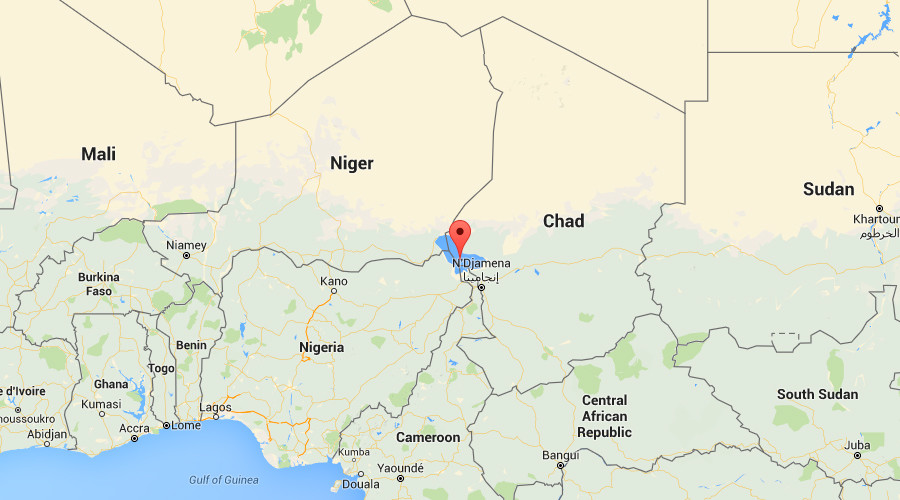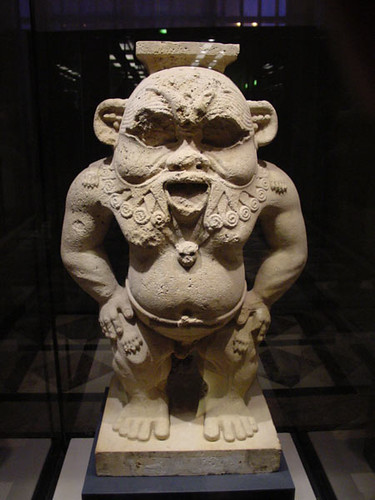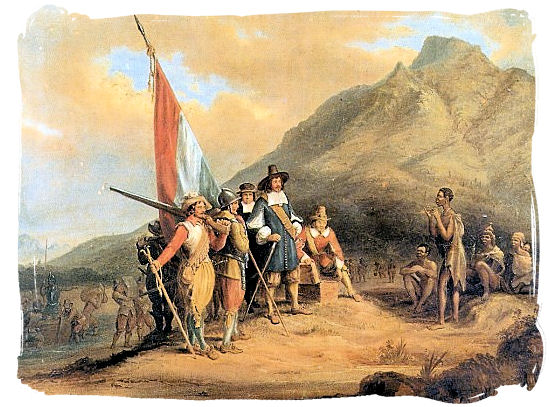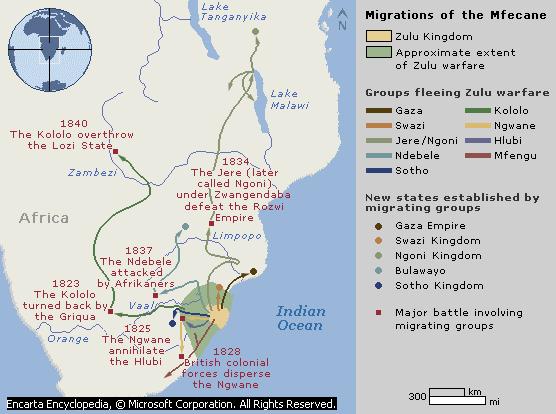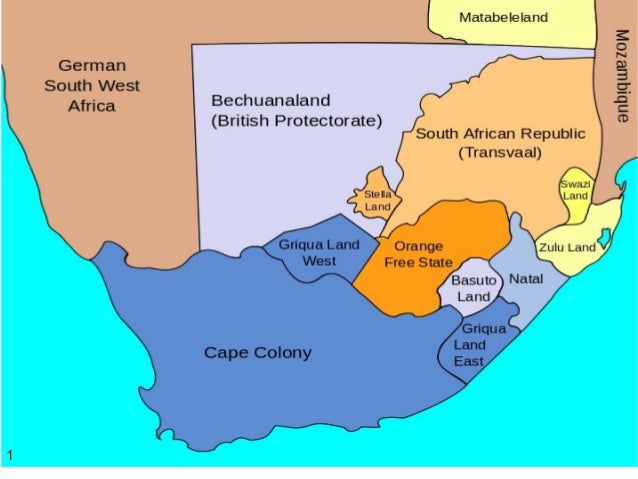The Odum of Ala Igbo
Hail Biafra!
The Peopling of Southern Africa cont'd.
The Shona States
The Shona States
- After Great Zimbabwe slipped into decline in the 15th century, perhaps because of overpopulation - the Shona founded a new state, Mutapa. That state was undermined and destroyed by Portuguese intrusions from their base at Sofala. However, its decline was managed better than Great Zimbabwe. Furthermore, Mutapa still retained great wealth.
- Another state, Butua, gained control of the Zimbabwe plateau where the Shona were centred and closed-off access to the Portuguese. The Changmire dynasty extended its land-holdings and used a 'tribute-paying system' (meaning vassalage but they deliberately avoided a European term for it) to organize their territory.
- Other Shona states like Barwe, Uteve, Mandanda and Manyika controlled lands east of the plateau.
- Competition came from the Prazos. Mixed group of colonialists paid by the Portuguese crown to build forts and utilize slave armies to extract human and natural resources from the region.
- The Tsonga dominate southern modern-day Mozambique. They developed from the earliest Bantu migration to the area. Their economy was based on fishing, shellfish collection and farming.
- Since their land is infested by the tsetse fly, cattle herding wasn't a dominant form of economic production. As Europeans increasingly came to their region, the Tsonga migrated closer to the coast (Delgoa Bay). Their widespread, but low population density, population kept a slave trade from forming. There are only 4 million Tsonga today compared to 40,000,000 Hausa in Nigeria or 30,000,000 Oromos in Ethiopia.
- Their origins can be traced to the migration to the Vaal River Valley nearly 2,000 years ago. The first distinctive lineages that formed were Fokeng and Kgalagadi.
- For the region, they had large settlements. Often up to 10,000 inhabitants:


